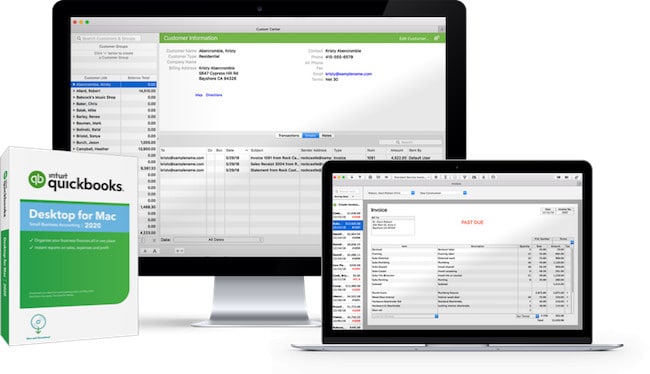

- #Quickbooks for mac 2017 disk install#
- #Quickbooks for mac 2017 disk software#
- #Quickbooks for mac 2017 disk password#
- #Quickbooks for mac 2017 disk professional#
Recovery Mode and restore your latest backup by using the Time Machine. The default solution is to boot Mac safely into Further, file systemĮrrors and kernel problems may lead to data loss and turn the storage drive inaccessible. Storage drive may fail partially or die without warning. Hard drives and SSDs are vulnerable to frequent crashes. Warning: Before performing the macOS reinstallation process, backup your Mac to an external storage drive.įrequent macOS crash may lead to data loss, and that’s worrying Process of macOS is over, you will not face any crashing issue.
#Quickbooks for mac 2017 disk install#
Instructions then opt for the startup disk and click Install Hold Command + R keys until you hear a startup sound to enter the Recovery Mode To perform the reinstallation task, do the following: If the crashing issue persists, then the only option left is to reinstall macOS. If the issue is not fixed then continue the process of uninstallation. Select the startup disk and click First Aid Applicationsįolder, find the app you want to uninstall.Restart Mac then press and hold Command + R keys until you hear a chime To fix the crashing issue, perform the following steps: Use First Aid of Disk Utility to Fix File-System Issues on a Driveĭisk Utility’s First Aid has the option to repair and verify your start-up and logical disk.
#Quickbooks for mac 2017 disk software#
The auto software update, then you must clean the following files: Clean up your Mac’s startup disk to allow your macOS to function correctly. If the Mac does not boot into Safe Mode, then there is low space on the startup disk.If the issue comes back in the normal mode, then the login items may be incompatible.Use the software section of the system information window to verify the boot mode as Safe instead of Normal. To know whether you are in the safe mode, open spotlight and type system information.After the Mac boots into Safe Mode, if no issue occurs then restart it again without pressing any key to start normally.Restart Mac and immediately press and hold the Shift key until you see the login window.To start your Mac in Safe Mode, do the following: Safe Mode loads only the important kernel extensions, verifies the startup disk and repairs directory issues (similar to Disk Utility’s verify and repair functionalities), prevents startup/login items to launch automatically, deletes cache files, and disables user-installed fonts. When done, you need to Restart or Shut Down your Mac.īoot into Safe Mode to Fix Issues Caused by Any SoftwareĪfter upgrading your Mac to the latest macOS Big Sur, Catalina, and Mojave, if the system freezes or slows down, then restarting your Mac in Safe Mode helps fix the frequently crashing issue. Press S or click Shut Down to shut down your Mac.Press R or click Restart to restart your Mac.Press Command + G or click Get started to fetch details about service and support options.Press Command + R or click Run the test again to repeat the test.When Apple Diagnostics finds any issues, it suggests solutions and displays reference codes.When Apple Diagnostics is aware of your language choice, it displays a progress bar to check your Mac (which may take a maximum of 3 minutes).
#Quickbooks for mac 2017 disk password#
(If the screen does not appear, then turn off firmware password if any, or hold down Option + D during restart to start the diagnostics over the Internet).

Run Apple Diagnostics to determine a Hardware Issue To fix the crashing problem, go through the following troubleshooting procedures.
#Quickbooks for mac 2017 disk professional#
We will also help you recover a crashing Mac’s drive by using a Stellar Data Recovery Professional software for Mac in 3 simple steps.Ĭaution: Back up your data with Time Machine before troubleshooting macOS related issues. In this blog post, we will share guidance on using the various macOS default techniques to fix a frequently crashing Mac. When you encounter frequent crashing on your Mac, you need to fix it soon to avoid permanent data loss. Mac is a robust system, however, due to technical glitch, macOS may crash (known as Kernel Panic).


 0 kommentar(er)
0 kommentar(er)
